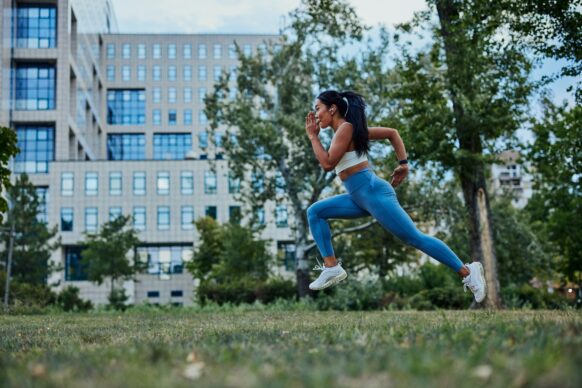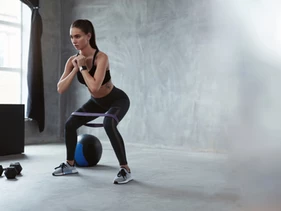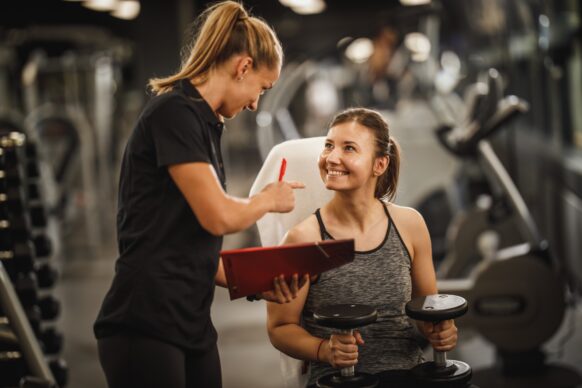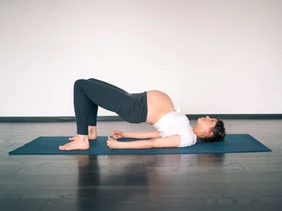by Michael Nieraeth, DPT, SCS, OCS, CSCS
The million-dollar question, sometimes literally, is: “When is an individual ready to return to their sport/activity after an injury?” Whether the injury is an ACL tear or ankle sprain, or whether the individual is a professional basketball player or casual runner, it’s hard to be 100% sure that an athlete is ready to return to sport. There are many factors that will determine this decision. An individual must have good range of motion and basic strength. They should also be able to perform daily activities, pass a battery of specific return-to-sport tests, be mentally prepared to return to full participation and then gradually return 100% sport participation.
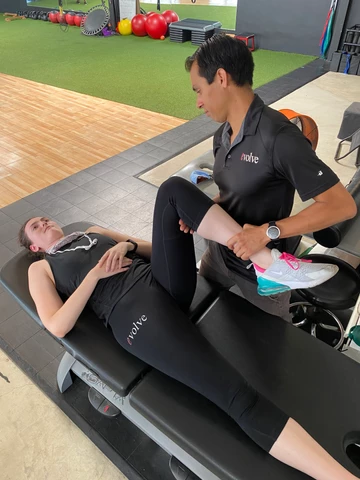
Achieving good range of motion and flexibility is an important part of the physical rehabilitation process. Proper motion is usually determined by using the motion in the non-injured side as “normal” motion. But sometimes, more motion is needed from certain joints depending on the demands of the individual’s activity. For instance, a right-handed baseball pitcher trying to return to sport will need more external rotation in the right shoulder compared to the left. But after a knee replacement an individual may not get the same amount of knee flexion as the non-surgical side. We want to achieve full range of motion and flexibility to return normal mechanics with all movements, but sometimes we may be limited based off surgical restrictions or need more because of activity demands.
Individuals should also have good muscle activation and strength to the muscle surrounding the injury and affected joint. If there’s still visible atrophy in the legs, that’s probably indicative of weakness. The individual may be able to begin sport-like exercises, but most likely will not be able to fully return to their sport or activity. Another way to judge strength is the ability for the individual to perform all daily activities. If you are having trouble going up and down stairs, then you might not be able to begin running. If it hurts to squat down to use the toilet, then you probably can’t begin jumping. If you can’t perform a push-up, then you are probably not ready for football contact drills.
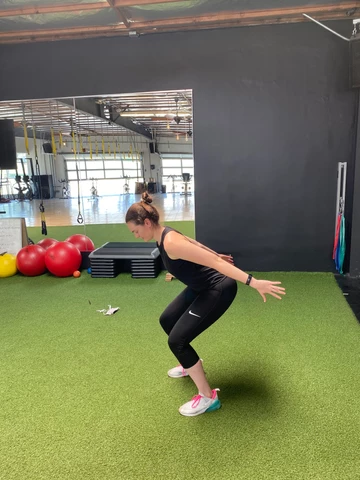
Once you have achieved these goals, you can then attempt return-to-sport tests. A battery of tests should be used to assess mobility, strength, balance, power and agility. These tests and the interpretation of these tests will be addressed in blogs later this week highlighting the lower extremity, upper extremity and spine.
Throughout the rehabilitation process it is important that the psychology of the injury is also addressed. This can be judged by apprehension when a physical therapist wants to progress exercises or through questionnaires. It may also be recommended that the individual seek advice from a sports psychologist. Tune in on 6/9/20, for an Instagram Live session @evolutionptfit where we will discuss this further.
Once most of these goals and milestones have been reached, an individual can gradually return to their sport or activity. For a runner, this may be a run/walk progression before running a marathon. For a contact sport athlete, this may start as non-contact drills, then progress to contact drills and gradually increase minutes in a game. This is a general outline for helping an individual achieve their goals. Different circumstances and timing during a season may cause some of these steps to be skipped or not fully achieved. Different post-operational protocols may call for changes to this progression as well. The decision to return to sport/activity is not black and white. Multiple factors and criteria must be considered. The decision relies on the expertise of the medical staff and the wishes of the individual.
